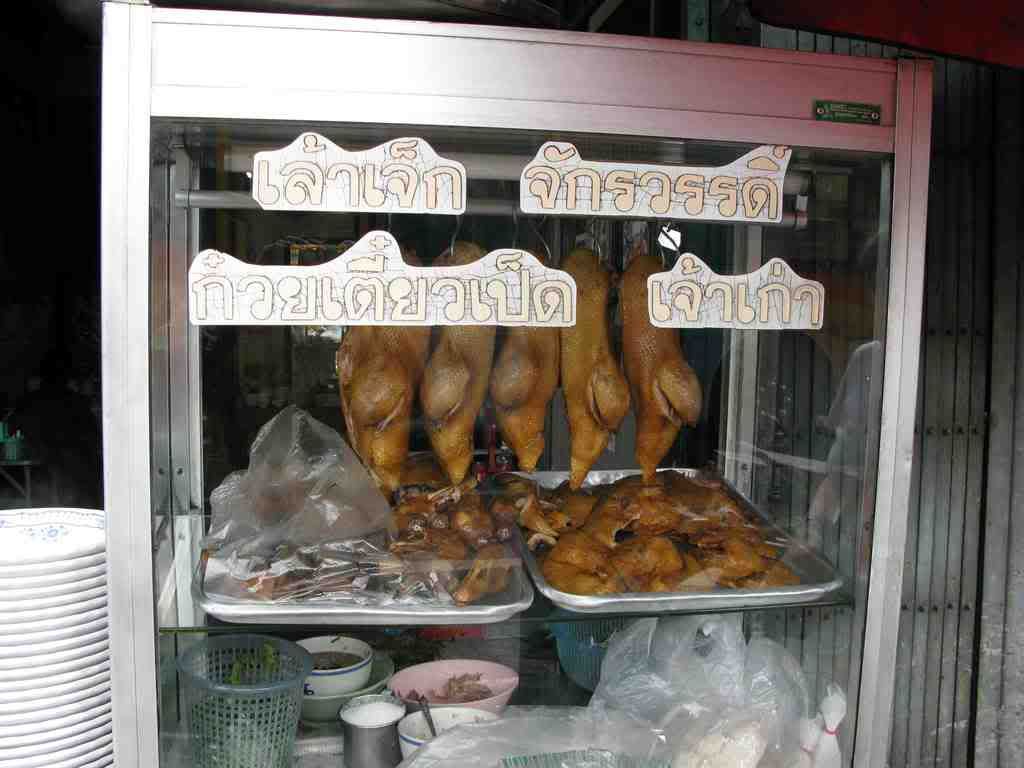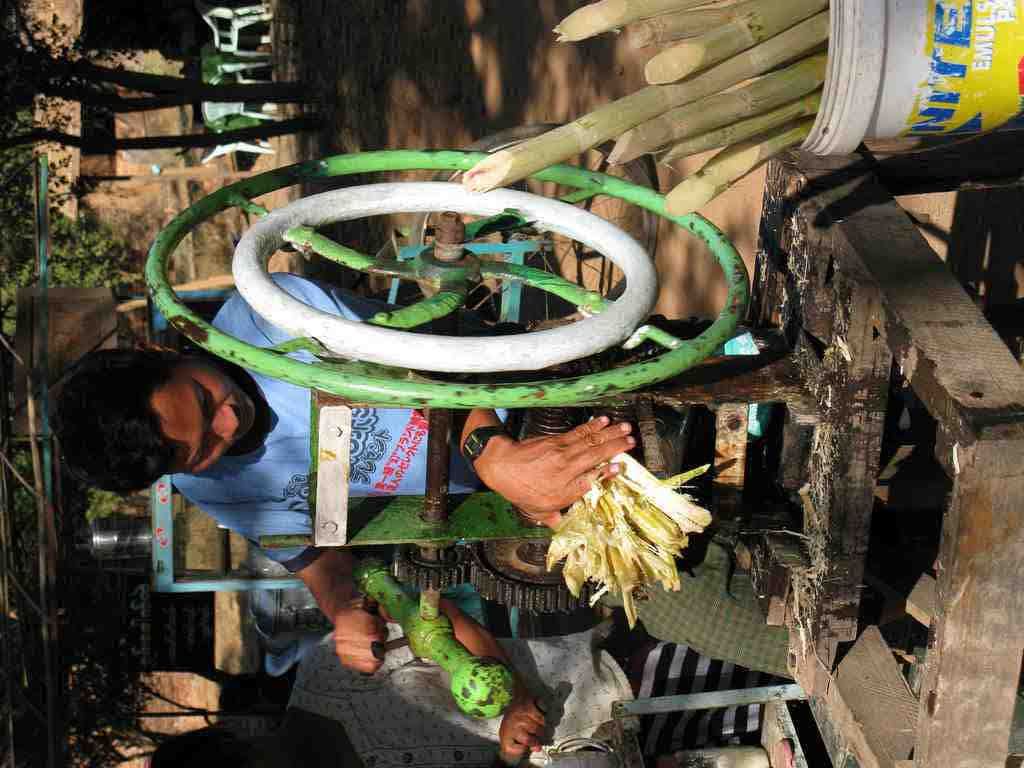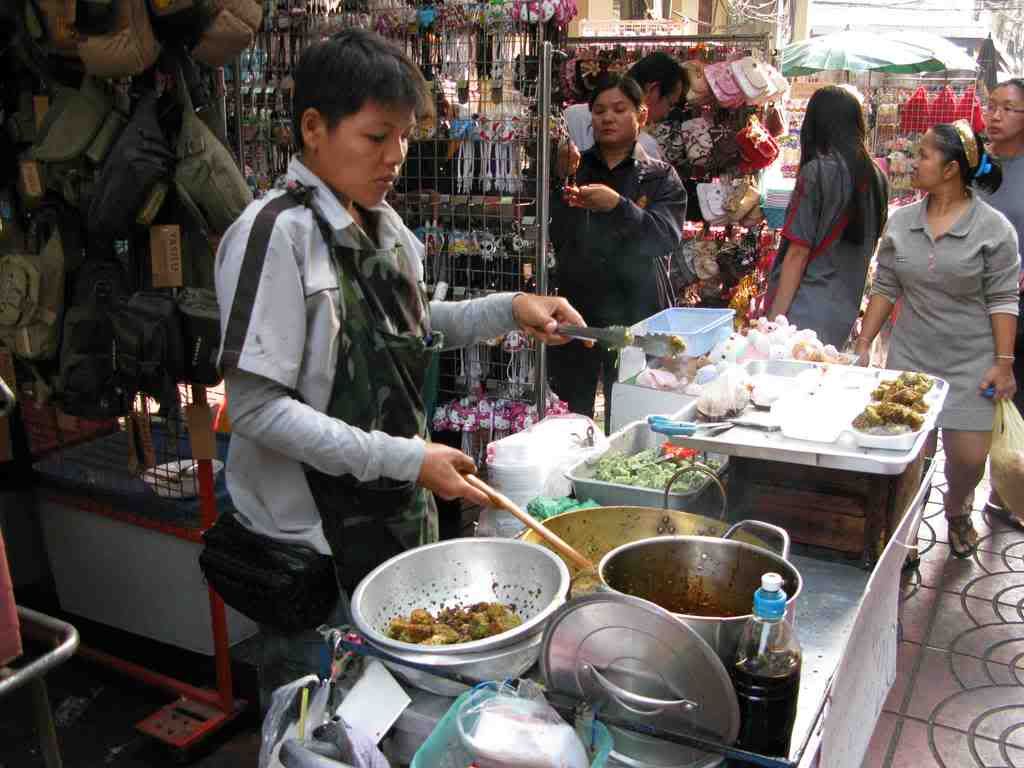Street food: A traveler's best friend – and worst enemy
Perhaps some BBQ Duck in Bangkok;
A refreshing glass of fresh-squeezed sugar cane juice in Bagan;
Bruschetta prepared to order in the Saturday San Francisco Farmer's Market;
Or just a simple loaf of bread in France.
At its best, street food is fresh, tasty and typical of the cuisine of the country, city or neighborhood where it is sold. At its worst, it is a teeming mass of microbes poised to destroy the joy of a traveler's vacation, and stunt the health of local citizens.
Dr. Teresa Estrada-Garcia and her colleagues have been studying the microbiological safety of street foods in Mexico City for several years. They have found Salmonella, Vibrio cholerae, Vibrio parahaemolyticus, Aeromonas hydrophila and several varieties of pathogenic E. coli – including shiga-toxin producing E. coli (STEC) – in taco dressings, chili sauces and seafoods sold by Mexico City street vendors.*
Hispanic children who live in the United States along the border with Mexico and travel across the border regularly are at greater risk of contracting hepatitis than children who remain in the United States, according to the US CDC. Children who become infected are 17 times more likely to have eaten food from street vendors than children who remain hepatitis-free.
Mexico is not the only country where street food is a risky business. Similar problems have been reported in Nigeria, the Philippines, Brazil, Burkina Faso, Ghana and Guatemala. Nor is the United States immune from this problem. A 2003 study of mobile food vendors in New York City found that more than two-thirds of the vendors engaged in one or more activities that violated New York's Code of Health. Violations including handling food with bare hands, not washing hands, not maintaining food at the correct temperature, and cross-contamination of ready-to-eat foods with raw meat or poultry.
Contaminated street food has facilitated the spread of cholera, dysentery and typhoid fever in countries where sanitation facilities are poor or nonexistent. Before eating food from a street vendor, consider the risk as well as the reward.
*Based on a series of four research articles kindly provided to me by Dr. Estrada-Garcia.
If you would like to receive automatic email alerts for all new articles posted on eFoodAlert, please click here or submit your request using the sidebar link. Please include "subscribe eFoodAlert" in the subject line.










There's definitely plenty of street food out there you have to watch out for, but it's worth mentioning that there are also scenarios in which street food can be the safest option. Particularly when travelling in unfamiliar places, it can go a long way toward eating safely just to be able to see the food prepared in front of you. Obviously you still have to be wary of prepared sauces and sides, but at least with a busy street vendor you can be confident that a piece of kabob meat was cooked appropriately and recently.
ReplyDeleteYou just have to be smart: if that freshly grilled piece of meat is being served with vegetables that have been sitting in a room-temperature chafing dish all afternoon, pass on the veggies. Likewise, with a restaurant or a street vendor, busy is good: busy restaurants don't leave food sitting around as long, and the crowd is a decent indicator that the locals trust the place.
- Patrick
http://foodinamerica.wordpress.com
@Patrick: Thanks for visiting and for sharing your comments. I agree that "busy is good" up to a point. But busy also can result in undercooked, or poor attention to cross-contamination.
ReplyDeleteThe problem is not limited to third-world countries, of course.
Phyllis